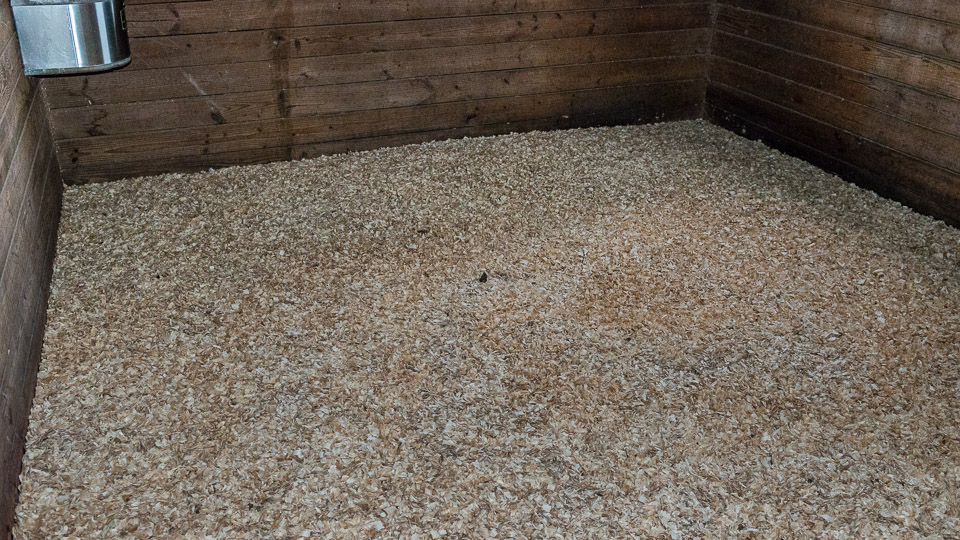
Horse Barn Bedding – An Introduction
Horses are bedded in stalls on different materials and with different styles.
Which type and style of bedding used is dependent on price, availability purpose and the whim of the owner. This sounds like picking a bed for ourselves even though we, and our horses and dogs, have been laying on the ground since the beginning of time. Here are a few ideas I have seen in my travels.
Use the browser back button or menu to return to the index of topics.
Horse Barn Bedding – Paper And Cardboard
Paper used for bedding has been around for a while and if you think about it, paper and cardboard are processed wood. There are several types are shredded newspaper and chopped cardboard.
Horse Barn Bedding – Straw
Straw is the collection and baling of the stems of a grain crop left over after the grain has been harvested. Wheat is the most common straw used for bedding but oats, rye and barley are also used.
Horse Barn Bedding – Styles
Everyone seems to have a different way they add, distribute and clean the bedding of the stalls. I believe there are only a few rules. The first is to remove all waste material. In other words if you are going to spend time and energy cleaning the stall then clean it well enough so that you would be willing to lay down in it. Make sure there is enough bedding to keep the horse away from the ground beneath. There is one more thing I want to talk about – banking the edges.
Horse Barn Bedding – Unusual Materials
There have been other materials used for bedding horses with some being new ideas and other fairly old. The ones I have seen are flax, hemp, peat moss and shredded bark. I don’t have enough experience with any of these to comment here. The person using the flax bedding said she liked it. Hemp is not readily available. Peat moss has not been used in my practice but is not much different than dirt. Pine needles are used in the southern states but rarely. When I saw shredded bark used I was not impresses especially when one of the shreds entered and set up an infection inside a new castration site
Horse Barn Bedding – Wood
Wood bedding comes in many materials and forms. The most common woods used are the soft woods representing the coniferous trees (pines) while the least common are the hard woods representing the deciduous trees (maple, walnut, etc). Formation of the wood bedding includes sawdust, shavings, chips and pellets. In addition there is shredded bark.


Responses